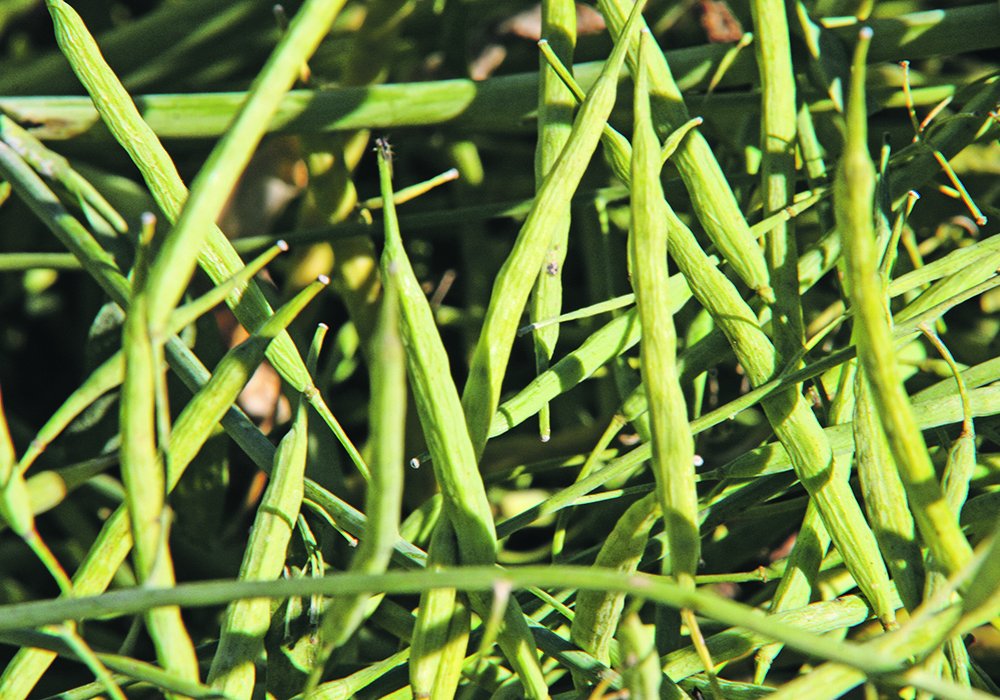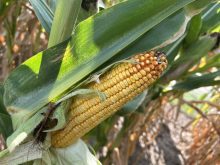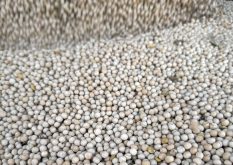Canada had almost 3.1 million tonnes of canola in stocks at the end of the crop year, which was more than expected, and once all the disposition numbers have been tallied, it looks like the 2023-24 crop was bigger than the official estimate.
Every year, concurrent with the release of the July 31 stocks report, Statistics Canada issues a new Supply and Disposition of Grains in Canada report.
The supply and disposition report updates all the various statistics regarding exports, domestic use, on-farm stocks and commercial stocks and revises production, carry-in stocks and total supply numbers.
Read Also

Saskatchewan looks to expand trade in Indonesia
Saskatchewan intends to increase its agricultural partnership with Indonesia.
It now pegs the canola crop harvested last fall at 19.19 million tonnes. It’s 860,000 tonnes more than the 18.33 million tonnes that were estimated in the November 2023 production survey released in December.
This continues a multi-year trend where the November production report under-estimates the size of the canola crop, leading to an upward revision a half year later following the July 31 stocks report.
I believe these revisions do not have a big impact on market prices for the crop. The market is much more focused on the wider global oilseed supply and demand outlook, the crude oil market, trade tensions and developments in the U.S. renewable diesel market.
However, it is notable that the new year-end stocks number of 3.09 million tonnes is the largest since 2019-20.
Stocks grew back then because canola exports were limited in 2018-19 and 2019-20. China had placed restrictions on Viterra and Richardson International, which most believed were in protest over Canada’s detainment of Huawai’s chief financial officer, Meng Wanzhou.
This past year, exports were disappointing because of strong competition from a huge Australian supply.
However, domestic use reached a record high to 11.54 million tonnes, up almost eight per cent from last year, as new crushing capacity came online and there was strong demand for canola oil for renewable diesel.
Canola’s current price is weakened by renewed worries that China could again restrict imports, this time to show displeasure over Canada joining with the United States and the European Union in putting high tariffs on Chinese-made electric vehicles.
On Sept. 3, China’s ministry of commerce announced it would launch an anti-dumping investigation into imports of Canadian canola seed.
On that day, November canola futures closed down almost $24 a tonne, wiping out what had been a modest rally in late August and the first few days of September, with canola supported by a brief rally in vegetable oil prices.
Canola fell sharply again Sept. 13 as the market continued to fear China’s intentions and also as it digested Statistics Canada’s forecast of a 19.5 million tonne crop, which was at the high end of what private forecasters had expected.
Canola has specific problems, but it is also suffering from the general downturn in oilseed crop and petroleum oil markets.
Since early summer, from July 1 to Sept. 13, November canola has fallen 13.6 per cent, November soybean oil has fallen 14.9 per cent and October crude oil West Texas has also fallen 14.9 per cent.
The U.S. Department of Agriculture forecasts the American soybean crop will be record large at 4.586 billion bushels, up one per cent from last year. It also forecasts year-end stocks will rise, leading to a stocks-to-use ratio of 12.5 per cent, the highest since 2019.
It also sees global soybean production rising almost nine per cent to a new record high of 429.2 million tonnes. The USDA thinks the year-end global stocks-to-use will rise to a record high of 33.4 percent.
Of course, that is an early forecast that includes South American production, a crop that has not yet been seeded.
This idea that soybean production will hit record highs and outstrip demand is depressing oilseed values.
Another negative for prices is the weakness in crude oil, which has an influence on vegetable oil prices because of the rising use of renewable diesel.
A strong summer driving season and worries about Middle East tensions kept crude in a range of US$75 to $82 a barrel during the season, but the market dropped sharply to less than $70 as August turned to September.
China’s economy is weak, leading to lax oil demand. Western economies, including the United States, are slowing as high interest rates do their job of beating inflation.
Also, there is increased oil production and exports from non-Organization of Petroleum Exporting Countries, including Canada, the United States and Brazil.
Earlier this year, analysts expected OPEC would end its production curtailment this fall, putting new supply on the market to meet rising demand.
However, OPEC recently acknowledged that lack of demand and said it will put off any production increase at least until December.















